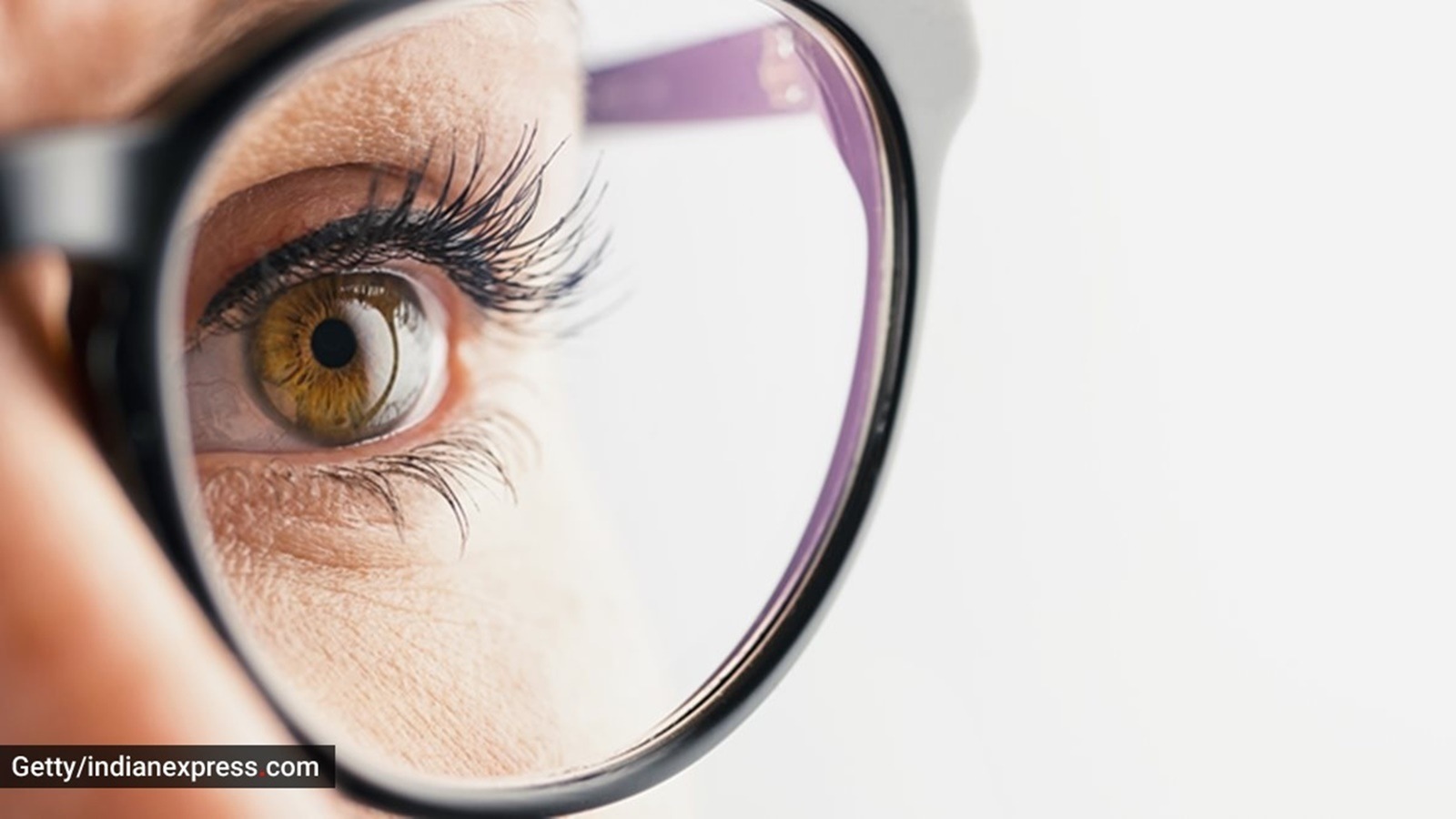Jasmin Bhasin recently opened up about the extent of the corneal damage she suffered in July 2024, while also sharing the turn of events that led to the fateful incident. “Shukr karo sab theek hai (Thank God, everything is fine). I went to Delhi for an event. Before applying the makeup, I put in my lenses. Unfortunately, either the lens was expired or my new househelp kept toner instead of lens solution. I have no clue. When I put the lens in, I felt a slight burning sensation. I thought it was normal. However, after three minutes, the eyes began to redden. I immediately took out the lenses,” recounted Bhasin, 34.
She then sat for makeup for the event. “However, by then, the solution in the lens box had become an acid. However, I had to attend the event because it was a professional commitment to which I couldn’t have said no. I had excruciating pain. I put on the shades. I informed my manager that we need to wrap up the event within the next 10 minutes. I walked the ramp but could not see anything,” Bhasin told Hindi Rush.
After the event, Bhasin and her team went searching for a hospital. “We went to an optical shop. God bless that optician who told me to get admitted to a hospital because the cornea had been damaged. Then we went to a government hospital, and they did what they could. I took a flight back home and received treatment here,” said Bhasin.
What role does the cornea play?
The cornea plays a vital role in focusing vision and protecting the inner structures of the eye. Any damage to it can lead to pain, blurred vision, infection, or even permanent vision loss, said Dr Dilip Gude, senior consultant physician, Yashoda Hospitals, Hyderabad.
 Know more about the condition (Photo: Getty Images/Thinkstock)
Know more about the condition (Photo: Getty Images/Thinkstock)
How does corneal damage happen?
Microbial contamination: One of the primary concerns with expired contact lens solutions is the potential for microbial growth. Once a solution expires, its preservative efficacy diminishes, allowing bacteria, fungi, or amoebae to thrive. “When such contaminated solutions are used, they can introduce pathogens directly onto the lens and, consequently, onto the cornea. This can result in serious infections like keratitis — an inflammation of the cornea that may cause ulcers, scarring, or vision loss,” said Dr Gude.
Chemical breakdown: The chemical stability of both contact lenses and solutions deteriorates over time. “Expired products may no longer maintain the correct pH or osmolarity, leading to eye irritation, dryness, or allergic reactions. This chemical imbalance can compromise the corneal epithelium, making it more susceptible to abrasions and infections,” Dr Gude said.
Lens integrity: Expired lenses may become brittle or warp due to the degradation of the material, especially if they are not stored properly. “Wearing such lenses can cause mechanical scratches on the corneal surface, leading to discomfort, tearing, or increased risk of infection,” said Dr Gude.
Story continues below this ad
How to prevent such adversities?
– Always check the expiration date on lens packaging and solution bottles.
– Store lenses and solutions as per manufacturer guidelines.
– Never use homemade or “topped up” solutions.
– Discard lenses if their packaging is compromised or past expiry.
– Schedule regular eye check-ups if you wear contact lenses.
DISCLAIMER: This article is based on information from the public domain and/or the experts we spoke to. Always consult your health practitioner before starting any routine.


